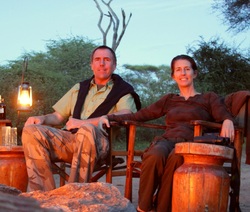 Merry Christmas From the Wild Nature Institute. Greetings and Thanks to all our Donors, Friends, Partners and Supporters. May we all have a Prosperous and Successful New Year!
0 Comments
Don't log or replant the Rim Fire burned area Monica Bond and Richard L. Hutto Published 4:54 pm, Tuesday, December 17, 2013 http://www.sfgate.com/default/article/Don-t-log-or-replant-the-Rim-Fire-burned-area-5073110.php
Hardly anyone rejoices when they hear of a catastrophic fire raging through a forest. And yet the fact is that the hottest, most severe fire is as ecologically necessary and beneficial for Western forests as rainfall or sunlight. The announcement Dec. 6 by the Stanislaus National Forest that it plans to plans to conduct clear-cut logging and artificially replant the Rim Fire burn area near Yosemite is predictable, but ignores the fact that severely burned forests are living, thriving habitats that always have been a natural part of Western forest ecosystems. Anyone having the opportunity to experience a severely burned forest like the Rim Fire is blessed with a cacophony of birdsong, the hum of insects, and a wildflower and pollinator show like nowhere else on the planet. Where else to harvest a fire morel or to see fire moss? Fire-killed trees attract legions of insects that flourish in the wood beneath the charcoal bark and in the new shrubs and flowers. Many bird species seek out severely burned forests specifically for this rich insect food source. One species in particular, the black-backed woodpecker, is found in vastly greater numbers in severely burned than in unburned forests. Along with other woodpecker species, black-backs excavate their nest holes in the dead trees, which then provide nesting sites for other animals that can't make their own nest cavities. The species is the best-adapted woodpecker in the world for extracting beetle larvae from fire-killed trees, and has become an icon for the ecological importance of severely burned forests. Unfortunately, it's hard to dispel the myth that forest fires are nothing but bad. And the myth perpetuates expensive, ecologically damaging and unnecessary fire suppression and logging (all funded by taxpayers, of course) in places far from where fire threatens human lives and property. It's time for the media to provide an ecologically literate perspective on forest fires. Forest "restoration" after severe fire is completely unnecessary because severe fire itself restores habitat for fire-dependent species. More to the point here, post-fire salvage logging - an activity perpetuated by fire hysteria, and demanded by House resolutions 1526 and 3188 - always inflicts serious ecological damage to the forest system, as dozens upon dozens of studies have shown. We encourage everyone to visit the Rim Fire area and see for themselves the transformative power of severe fire and nature's exuberant response. We need to look at the science, rather than listening to outdated and sometimes self-serving myths about the villainy of forest fire. Severe fires create an important and rare habitat - one that we should celebrate and protect. This will only happen if enough people learn the truth and speak out in its defense. What you can do -- Write or call the U.S. Forest Service to ask foresters to leave the Rim Fire area near Yosemite unlogged and natural. -- Write or call your congressional representative to say you support the 250 forest scientists who signed a letter opposing any new legislation, such as HR1526 or 3188, which would harm these unique burned-forest systems. To read the text of the letter, go to http://bit.ly/19b9C2X. Monica L. Bond, a wildlife biologist, is a principal scientist with the Wild Nature Institute. Richard L. Hutto is a professor of biology and wildlife biology at the University of Montana. HOT OFF THE PRESS! We are very excited to announce the publication of our new children's book. "The Amazing Migration of Lucky the Wildebeest" tells the story of migration from the perspective of a young wildebeest named Lucky. In a fun and visually striking way, the book explains why animals migrate and the challenges they face along the way. Sidebars to the story provide additional ecological information for older readers. The book is written in three languages: Maa (the language of the Maasai tribe), Swahili (the national language of Tanzania), and English (the second national language of Tanzania) and thus not only teaches ecological lessons but promotes literacy. You can get your own copy on our DONATE page. With the help of our Masai colleagues from the Masai Advancement Association (MAA), we are distributing the book to schools and villages around the Northern Plains wildlife migration route. We conduct book readings, play games, and have discussions with the children about migration and wildlife conservation. The project is part of our larger grassroots campaign to implement land-use planning that protects the endangered Northern Plains migration route for the conservation of wildlife and traditional Maasai pastoralist culture. Every book sold will buy another book for a Masai child living in the wildlife corridor area, so your purchases help kids in the bush to learn to read and about ecology. We are indebted to our partners who helped to make this children's book a reality. Robert Godson Mollel and Robert Lawrence translated the text into Swahili and Maa, and Bory Chung and Bridgette Mathews designed the book - all pro bono. USAID, Burners Without Borders, Rufford Foundation, and Dave & Pat Gibbons provided funding for printing and distribution. Special thanks to Andrea Athanas, Tricia Franck, Bernard Kissui, and the African Wildlife Foundation for invaluable support.
The season of the short rains (known in Swahili as "vuli") has arrived in the Tarangire Ecosystem. This season is so-named because the rainy spells typically last for a short duration. As of last weekend, the migratory ungulates like eastern white-bearded wildebeests and Burchell's zebras were still in Tarangire National Park where they had spent the dry season. However, once the rains begin in earnest, most of these animals will depart the park and head east to the Simanjiro Plains or north to the Gelai Plains. They seek the nutritious short grasses that grow on the volcanic soils of these plains - and are also probably eager to escape the constant threat of predation at the limited water holes during the dry season.
|
Science News and Updates From the Field from Wild Nature Institute.
All Photos on This Blog are Available as Frame-worthy Prints to Thank Our Generous Donors.
Email Us for Details of this Offer. Archives
July 2024
|
|
Mailing Address:
Wild Nature Institute PO Box 44 Weaverville, NC 28787 Phone: +1 415 763 0348 Email: [email protected] |
|


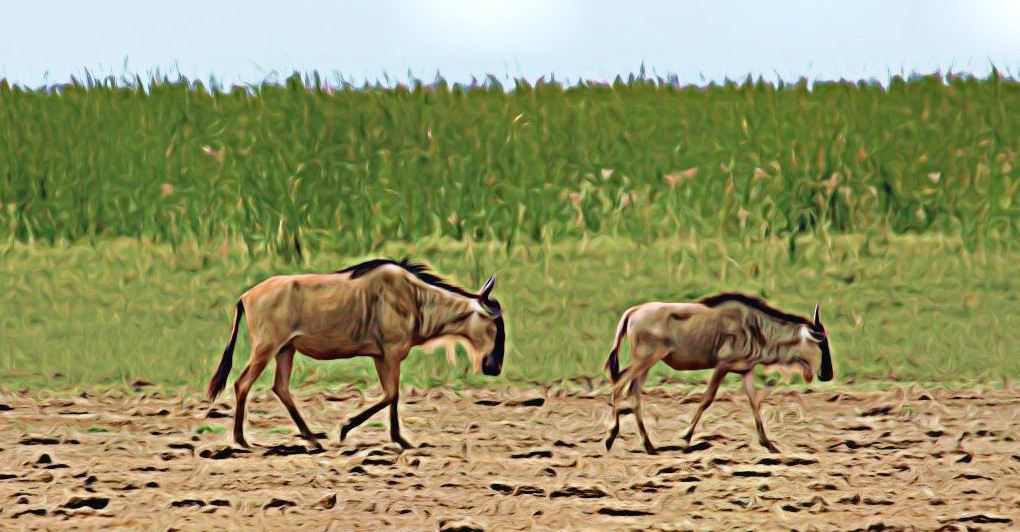
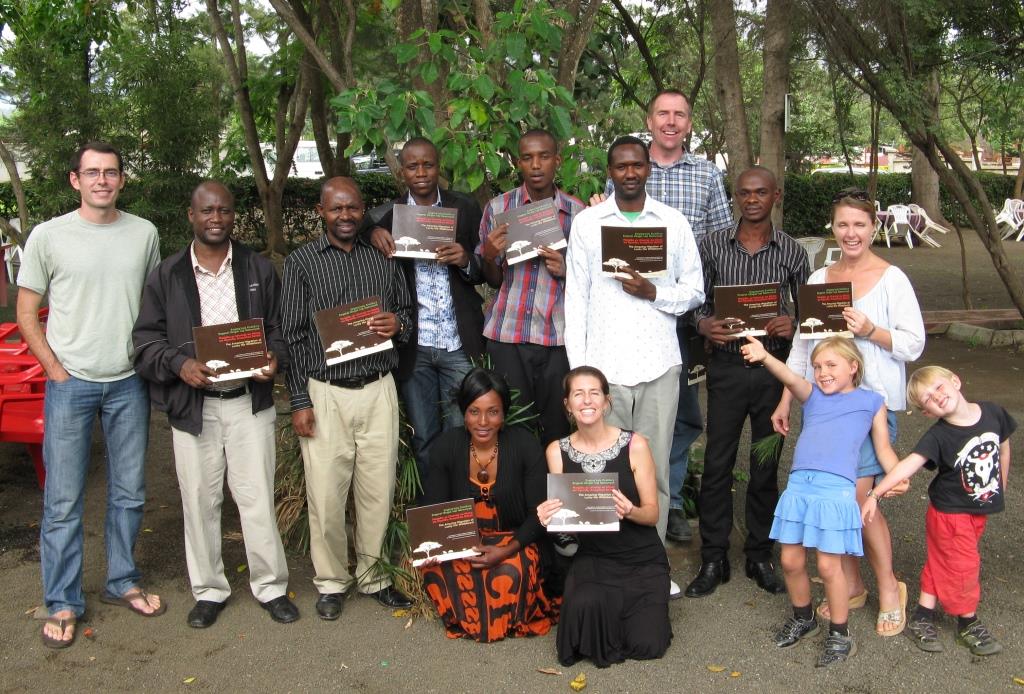
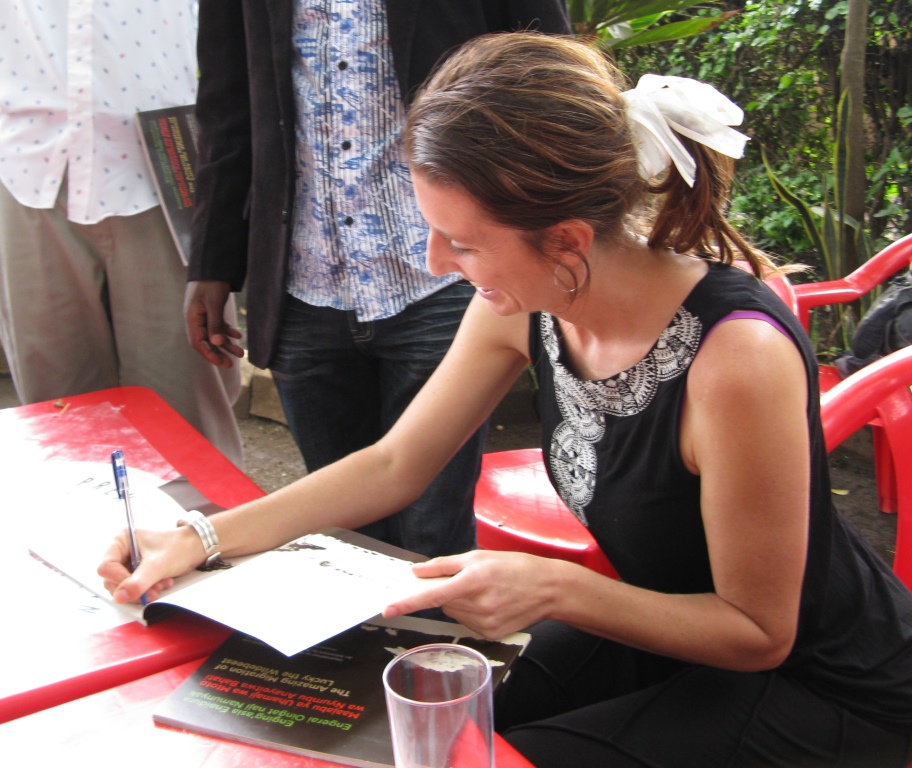

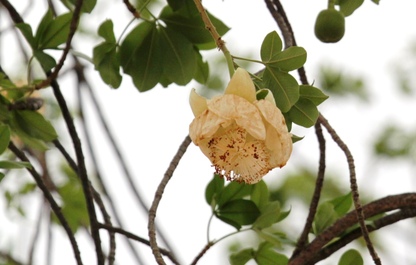

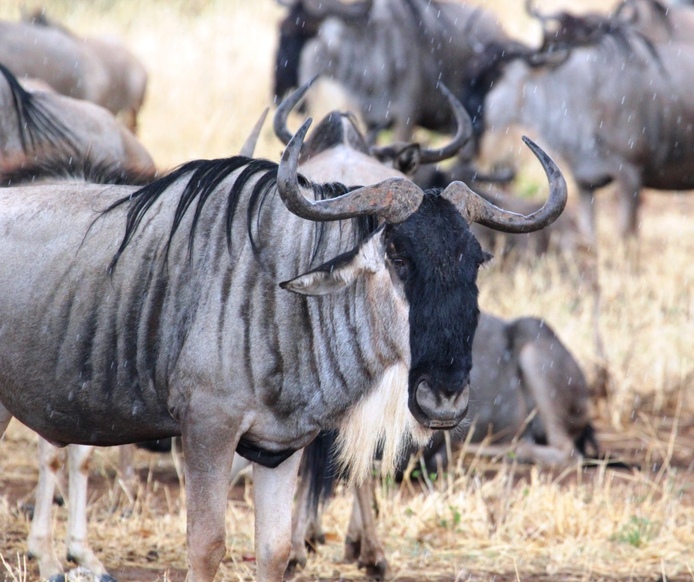
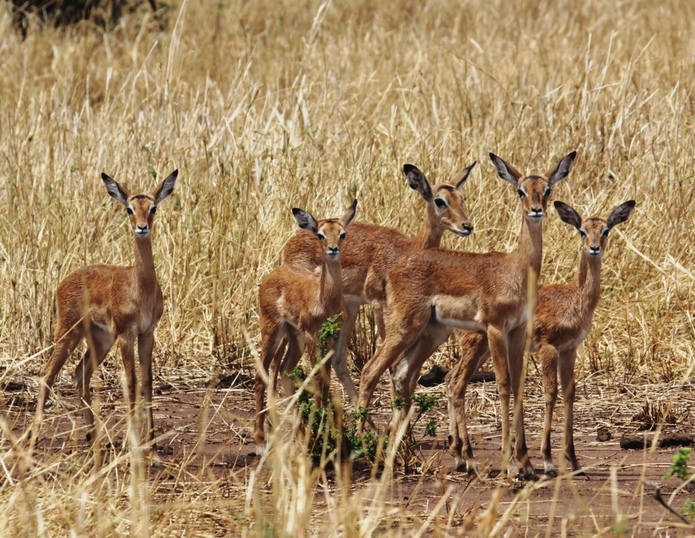
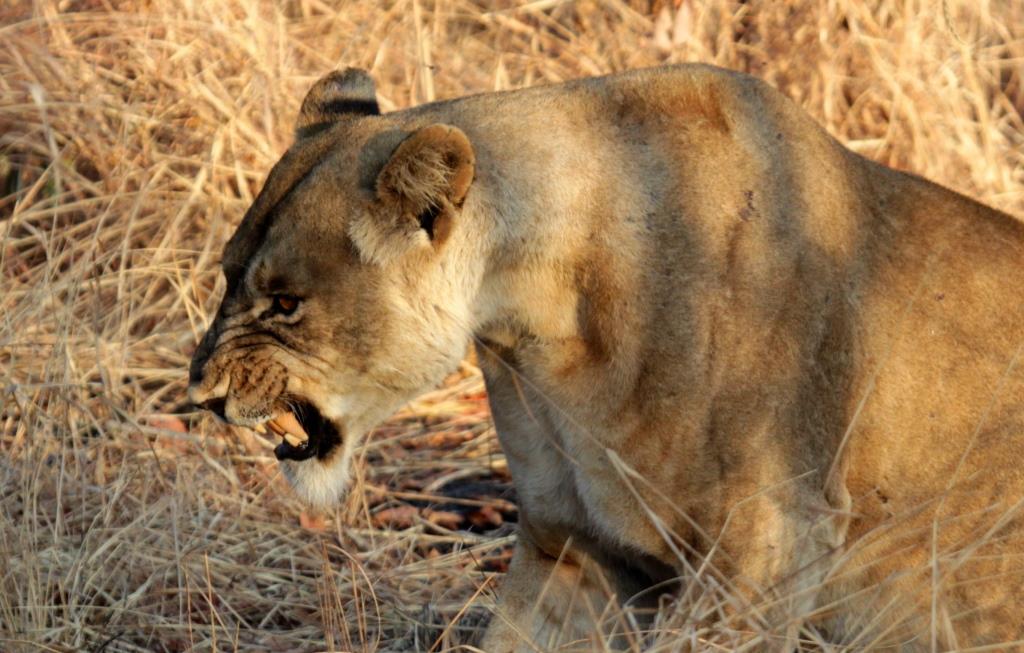
 RSS Feed
RSS Feed
